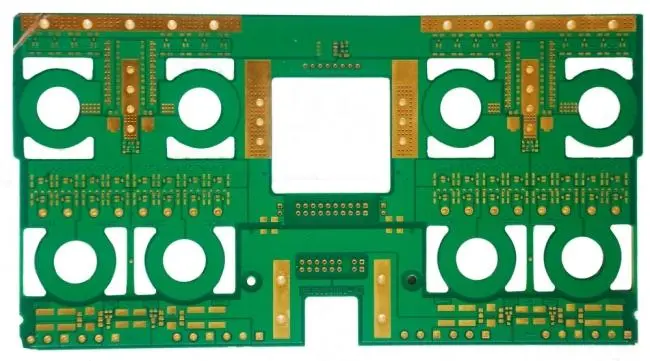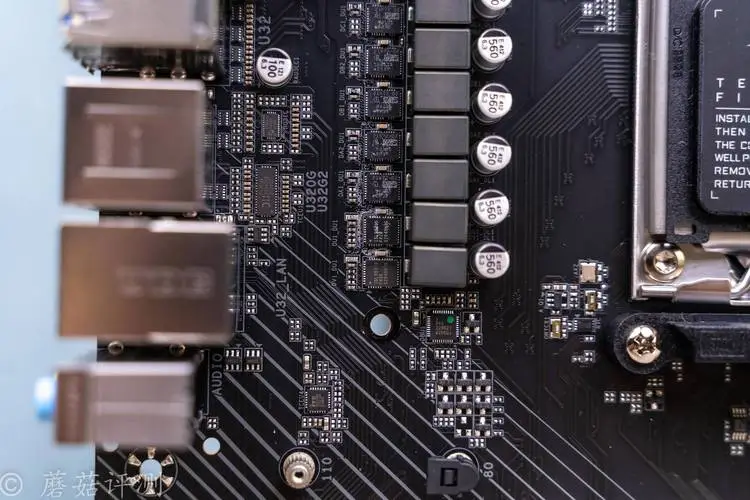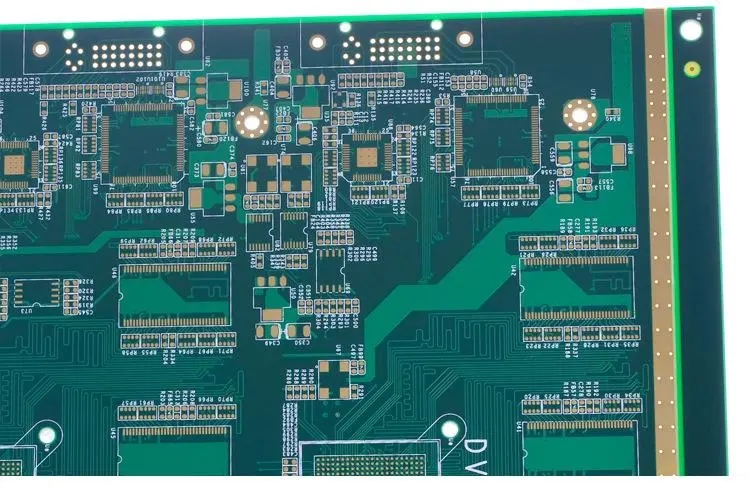
1、 What are the processing steps and specifications of SMT Mark?
1. Mark processing method, whether Mark is needed, and put it on the other side of the template.
2. The side of the template on which the Mark graphic is placed depends on the specific structure of the printing machine (the position of the camera).
3. Mark point engraving method depends on the printing machine, including printing surface, non printing surface, half engraving on both sides, full engraving and sealing black glue, etc.
2、 Whether the panel is assembled, and the requirements for panel assembly. If the panel is assembled, the PCB file of the panel shall be given.

3、 Requirements for inserting pad rings. Since more solder paste is required for plug-in components when reflow soldering process is adopted than for mounted components, special requirements can be put forward if plug-in components need reflow soldering process.
4、 Modification requirements for opening size and shape of template (pad). For pads larger than 3mm generally, in order to prevent the solder paste pattern from sinking back and prevent solder beads, the opening adopts the "bridging" method, and the line width is 0.4mm, so that the opening is less than 3mm, which can be evenly divided according to the size of the pad. Requirements of various elements on the thickness and opening size of the formwork.
1、 μ The printing quality of BGA/CSP and Flip Chip with square opening is better than that with circular opening.
2. When cleaning free solder paste and cleaning free process are used, the opening size of the formwork shall be reduced by 5%~10%:
3. The lead-free process template opening design is larger than that with lead, and the solder paste should cover the PCB pad as fully as possible.
4. The proper shape of the opening can improve the processing effect of SMT. For example, when the size of the Chip component is smaller than the metric 1005, because the distance between the two pads is very small, the solder paste on the pads at both ends is easy to stick at the bottom of the component when mounting, and it is easy to generate bridges and solder balls at the bottom of the PCB component after reflow soldering. Therefore, when processing the template, the inner side of a pair of rectangular pad openings can be modified into a sharp angle or arch shape to reduce the amount of solder paste at the bottom of the component, which can improve the bonding sound adhesion at the bottom of the component when mounting, as shown in the figure. The specific modification scheme can be determined by referring to the "design of printing paste template opening" data of the template processing factory.
5、 Other requirements for SMT patch
1. According to PCB design requirements, put forward requirements such as whether the test point needs to be opened. If there is no special description for the test point, do not open it.
2. Whether there are requirements for electropolishing process. The electropolishing process is used for templates with opening center distance less than 0.5mm.
3. Purpose (specify whether the processed template is used for printing solder paste or printing paster).
4. Whether it is necessary to engrave characters on the template (PCB product code, template thickness, processing date and other information can be engraved without penetrating).
6、 After receiving Email and fax, SMT SMT SMT SMT SMT SMT SMT SMT SMT SMT SMT SMT SMT SMT SMT SMT SMT SMT SMT SMT SMT SMT SMT SMT SMT SMT SMT SMT SMT SMT SMT SMT SMT SMT SMT SMT SM.
1. If there is any problem, call or fax again, and the processing can be carried out after the confirmation of the demander.
2. Check whether the size of the mesh frame meets the requirements, place the formwork flat on the desktop, press the surface of the stainless steel mesh plate with your hand, and check the tightness
Screen quality: The tighter the screen is, the better the printing quality will be. In addition, check the bonding quality around the mesh frame.
3. Lift the template for visual inspection, check the appearance quality of the template opening, and check whether there are obvious defects, such as the shape of the opening, and whether the distance between adjacent openings of IC pins is abnormal.
4. Use a magnifying glass or microscope to check whether the horn of the pad opening is downward, whether the inner wall around the opening is smooth, and whether there are burrs. Focus on the processing quality of the narrow pitch IC pin openings.
5. Place the printed PCB of the product under the template, align the solder pad pattern of the printed board with the leakage hole of the template, and check whether the pattern is complete
Fully aligned, with or without multiple holes (unnecessary openings) and fewer holes (floor drain openings).
6. If any problem is found, first check whether it is our confirmation error, and then check whether it is a processing problem. If any quality problem is found, it shall be reported to the template PCB manufacturing and processing plant and solved through negotiation.







